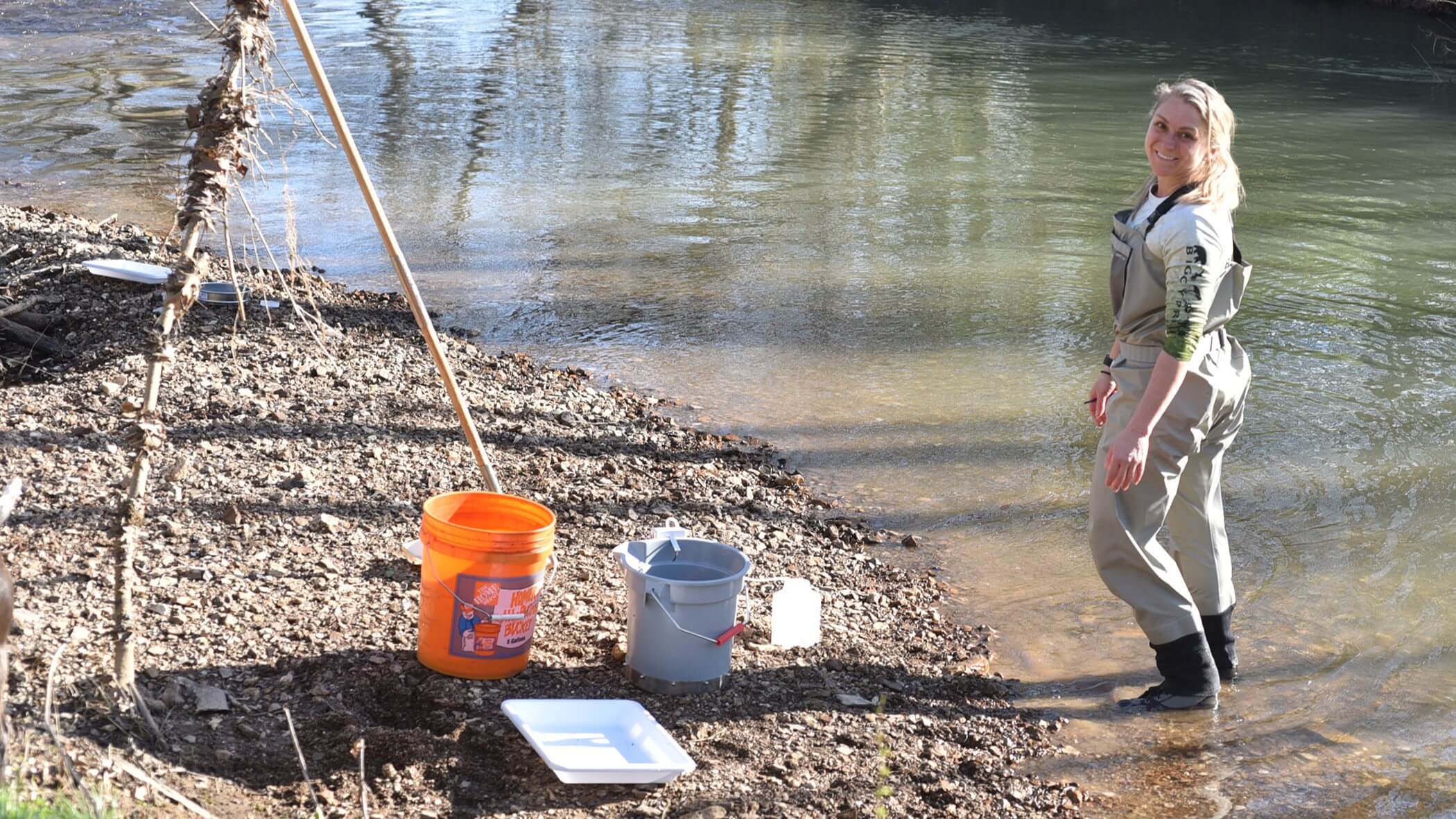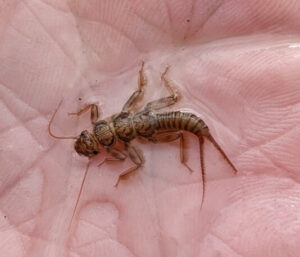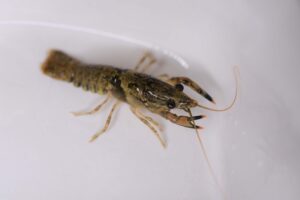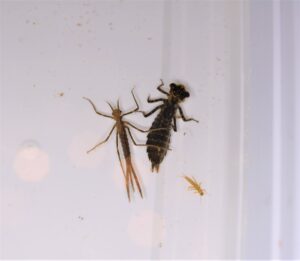The Value of Water Quality Sampling
June 23, 2023 · Insights
Written by: Jessie Wheeler, GMC Senior Biologist

Environmental sampling is a valuable tool for understanding, assessing, and managing the health of our environment. By collecting and analyzing select specimens of interest, we gain crucial insights into pollution levels, biodiversity patterns and ecological relationships.

Benthic macroinvertebrate (BMI) collection and identification is an important component of water quality sampling. It is just one of the many types of environmental sampling conducted by GMC’s field scientists when performing ecological assessments. The results of BMI sampling will give an indication of the overall ecological health and water quality of the resource being evaluated.
BMI organisms are small aquatic insects and other invertebrates that spend most, or a significant portion of, their lifespan submerged in aquatic habitats such as streams, lakes, ponds and wetlands. They are critically important in freshwater systems and provide a number of necessary ecological functions including nutrient cycling, organic matter decomposition and serving as food for fish and other wildlife.

In addition to providing essential ecosystem services, each type of BMI exhibits variable intolerances to pollution in the water column. Some species, like members of the stonefly family, are highly sensitive to even subtle changes in water quality parameters, such as water temperature and dissolved oxygen. Others, such as crayfish, are much more resilient to physiochemical fluctuations in the aquatic environment.
Additionally, most BMI organisms in a dedicated aquatic life stage cannot migrate from the existing environment very quickly. If water quality becomes degraded, these organisms may simply perish. As such, the overall population and diversity of BMI species, or lack thereof, in any given waterbody at a given time can offer quick insight into current water quality conditions. BMI organisms are the proverbial “canary in the coal mine” and are bioindicators of aquatic ecosystem health.

GMC conducts BMI sampling when assessing stream restoration sites. Initial sample data is collected in the current, impaired condition. After stream restoration efforts are initiated, sampling is repeated every few years to determine if the invertebrate community is improving. If BMI populations begin to diversify and host species that are intolerant of pollution, we can infer that the water quality of the aquatic habitat is in recovery. A healthy BMI population in a restored stream is one of the benchmarks of success.